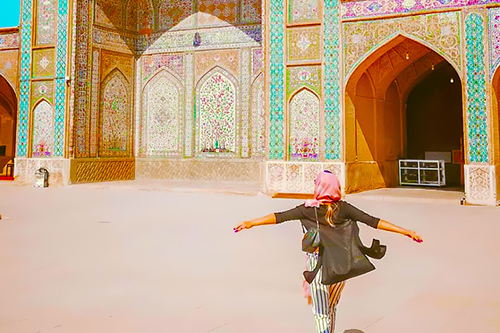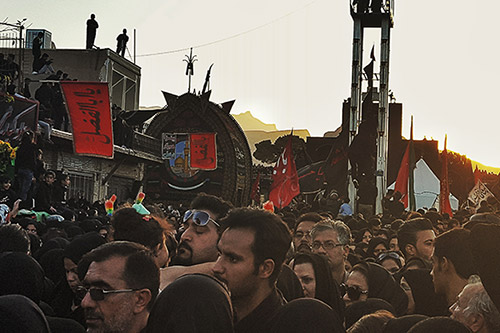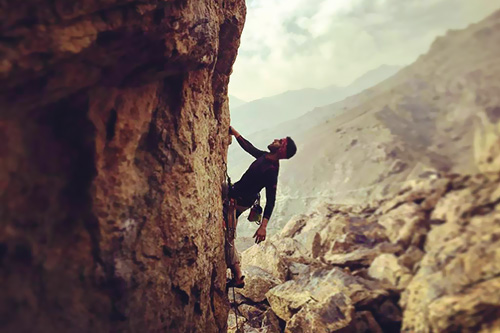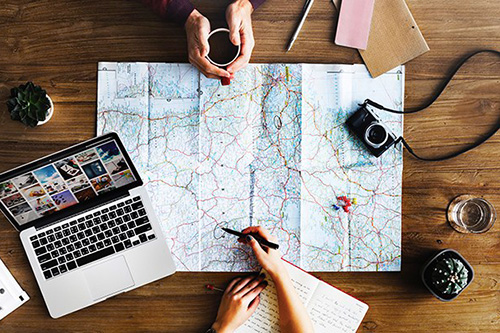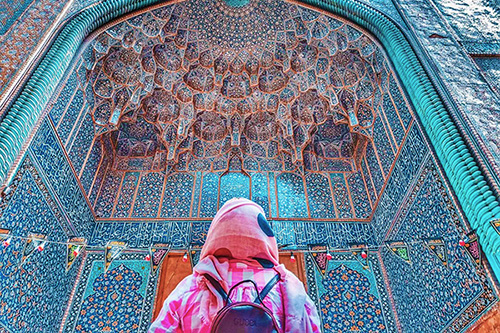 Signin with Google
Signin with Google Signin with Facebook
Signin with Facebook About Iran
About IranIran's Top Activities in Summer
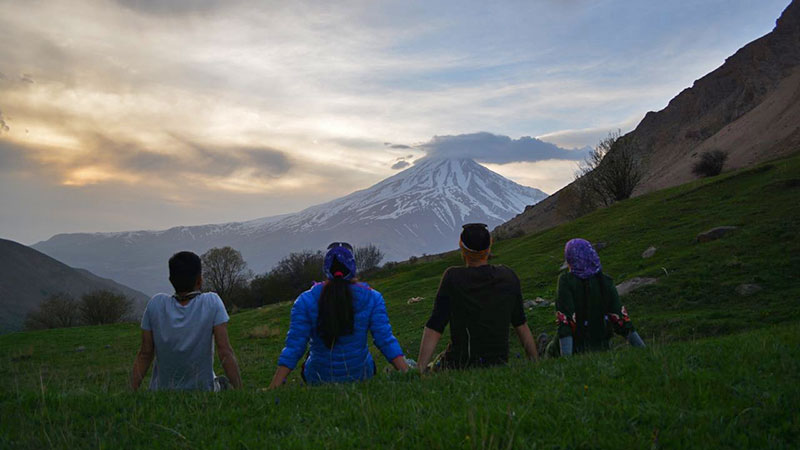
Many people might think that Iran is not a suitable destination for summer because the Iranian plateau is a hot and dry land. But this four-season land is full of wonderful spots where you can enjoy an unforgettable summer vacation. In this article, we intend to point out some cool activities that you can experience during summer in Iran.
1) Iran mountain climbing
On top of the Middle East
Summer is the best time to hike so many summits of Iran’s mountains and taste the sheer joy of seeing the beauties of nature and meditating while climbing lofty heights. Alborz Mountain range expands from west to east along the entire southern coast of the Caspian Sea and the Zagros Mountains covering the western, central and southern sides of Iran are two significant mountain ranges of the Iran plateau.
Iran is home to more than 600 mountain peaks over 4000 metres in height. Damavand, Alamkooh, and Sabalan are the three highest peaks in Iran. Climb up the highest volcanic mountain in Iran, Damavand which is tied up with the Persian legend and myths known as Iran's rooftop. If you are a professional rock climber, you can try your hand at climbing the hard granite northern face of Alam Kooh. Sabalan is where you can enjoy the grandeur of numerous natural hot springs and wide green fields on the mountain foot.
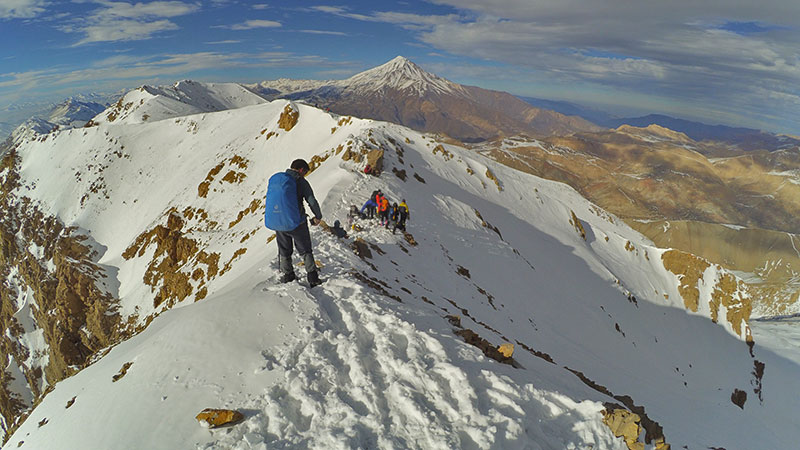
2) Canyoning in Raghez Canyon
Admire heavenly gorges
There are several canyons in the heart of Iran’s mountains. Each of them is a paradise for those who are fond of hiking, canyoneering, rock climbing, and biking. Raghez Canyon in Fars province, Chakrood in Gilan province, and Buchir Canyon in Hormozgan province are some of the most incredible canyons around Iran. The great joy of rappelling down rocks, trekking through jungles, or seeing roaring waterfalls are attainable dreams for every thrill-seeker.

3) Rafting in the roaring Armand River
Adrenaline release
There are singular locations in the south and southwest of Iran that bear roaring rivers heading down from the heights of Zagros Mountain Ranges and different degrees of rough water like the Armand River in Chaharmahal and Bakhtiari Province, the Karkheh River, and the Karun River in Khuzestan Province for the extraordinary experience of rafting. More adventurers can jump from high cliffs into crystal clear water from hills ranging between 3 to 10 metres. These sorts of excursions though fun and thrilling need proper pieces of equipment and experienced local guides.

4) Expedition in Paraw, the deepest vertical cave in Iran
Venture deep into the earth
Caving is the recreational hobby of exploring caves and recently has come to be known as an "extreme sport". There are more than 1200 excavated caves around Iran. Some of them are easily accessible to visitors such as Ali Sadr (The largest water cave in the world) in Hamedan Province, Quri Qal'eh Cave in Kermanshah Province, Kerfto in Kurdistan Province, and Saholan in West Azarbaijan Province, others need more technique and experience. Parau in Kermanshah is known as the “Everest of Caves” for being the most difficult vertical cave in the world. In Kurdish, Paraw means "full of water". Due to the abundance of water resulting from the melting of underground glaciers, this naming seems logical. Parau Cave is the deepest vertical cave in Iran

5) Embrace the green nature of the Hyrcanian Forests
The Land of green nature
The green stripe along the Caspian Sea is a favourite spot for most Iranians to spend summer days in lush Hyrcanian Forests. There are many beautiful villages with eye-catching nature and a pristine rural ambience in Gilan and Mazandaran like Masule, Abr and a lot of summer regions above heights such as Javaher Dasht or Filband. Many hiking forest routes make a green adventure for those who enjoy camping and surviving in pure nature. Enjoy the breathtaking scenery of mountains covered with trees in the Soobatan summer quarter and journey through the scenic forest on foot near Talesh on the terrace over the Caspian Sea.
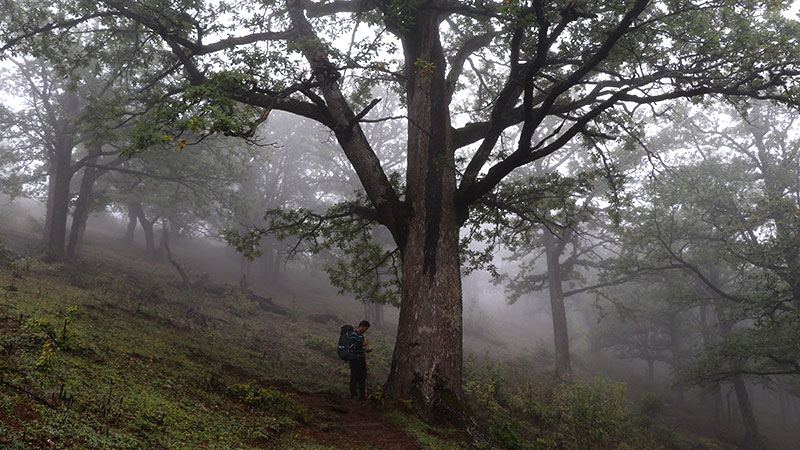
6) Iran's night sky experience
Capture the Milky Way crown
Stargazing and night photography is a rewarding experience that connects us with something that goes beyond ourselves and our understanding. Many ancient civilizations have had a strong connection with the night sky as a spiritual source. Iran has a low level of light pollution with plenty of hot natural and cultural locations for night sky photography. Milky Way in the summertime and numerous famous meteor showers such as the Perseid meteor shower are the scores of the night sky in the Iranian Plateau.

7) Rice cultivation in Gilan
Like a local in paddy fields
Rice has a vital role in Persian cuisine and the north of Iran is the rice cultivation hub. Participating in the paddy fields to harvest rice with locals is an amazing experience. Before the first rays of the sun brighten the sky, families are ready at their fields to collect the rice clusters. After cultivation, visit the rice factory where the seeds are whitened and polished. This unique tour not only gives you the chance to plunge into the food culture but also familiarizes you with the exceptional lifestyle and mouthwatering foods of the region.

8) Tea harvesting in the north of Iran
Feel the taste of north
As you walk through the greenery slopes covered in tea bushes, you will be mesmerized by the burst of aroma and the beautiful landscape. The process of picking up the green leaves of tea is a way that was done for so long years by generations. During the year, tea bushes undergo three harvests: spring, summer, and autumn. The early days of June are the time to join locals in the northern lush green fields as a fun summer activity. Since the 17th century when tea first reached Iran, tea became the favoured drink among Iranians. Tea and teahouses are a great part of Persian culture.

9) Explore Lar National Park at the foot of Mount Damavand
The most beautiful natural park
Lar is one of the most beautiful and accessible national parks in Iran that is located on the border of Mazandaran Province the capital, Tehran. On the verge of summertime, the doors of Lar National Park open for nature lovers to enjoy its exceptional scenic beauty. Expanding on the southwest hillside of Damavand Mountain, Lar is home to great diverse wildlife and vegetation. So many rivers, plains, Lar dam and the migrating nomads who spend their summertime in the coolness of Lar are some of the attractions that make Lar a must-see landmark.
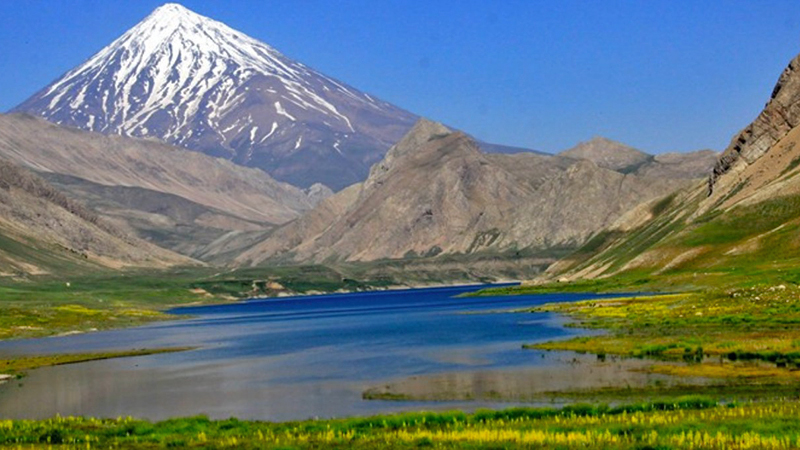
10) Unveil the northwest of Iran with many spas
Famous for a bundle of natural glories
The northwestern part of Iran is famous for its cool weather in summer. Iranians set a trip to Ardabil, Tabriz and West Azarbaijan to cuddle mind and soul with outstanding natural attractions. In Ardabil Province, you can have the experience of relaxing in the natural spa of springs or so many spa complexes located on green plains broadened in the shadow of snow-capped Sabalan Mountain. Most of these hot and cold springs are near Ardabil, Sarein & Meshkinshahr. In Meshkinshahr you can walk on the highest and longest suspended footbridge in the world 365 meters long above an 80-meter-deep valley.
Arasbaran and Jolfa regions in East Azarbaijan are other reasons to see this part of Iran. Arasbaran Forest is a UNESCO Biosphere at the borders of Armenia & Azerbaijan. Camping in the high mountains of Arasbaran among dense woodlands and green meadows is a joyful adventure.

11) Iranian nomads, a nature-friendly lifestyle
Once-a-lifetime experience
Another matchless activity is living some days with the nomads of Iran. Shahsevan, Qashqai, Bakhtiari and Turkman are the main Iranian nomad tribes. Summer when these semi-settled tribes move to the uplands to find better grazing fields for their livestock is a stunning chance to accompany these nomads on their genuine lifestyle and get familiar with their cultural values and survival tips. These kinds of families gracefully welcome you and surprise you with their generosity, an experience that is worth mentioning as the highlight of your adventure in Iran.
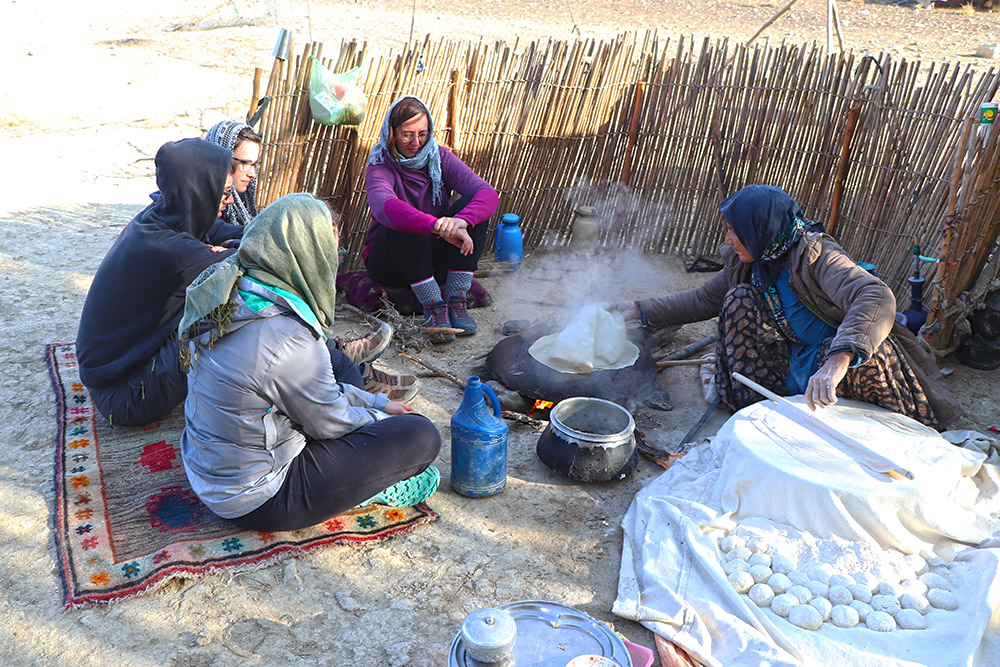
12) Iran Palm tree harvesting in the south
Hub of the Persian palm date
Generally, people do not choose to travel to the southern strap of Iran during summer because of the very hot weather. But those who had once experienced palm date harvesting (locally named Khorma Pazoon) with southerner families would not forget it. From late August to mid-October is the harvest season in Hormuzgan, Bushehr, Ahvaz and Abadan. To pick the dates, an agile man straps a wide cotton belt around himself and the tree, and he moves it up the trunk as he climbs up the palm. Palms and dates are of great economic and cultural importance and plenty of different products are made from palm trees such as nice boxes, ground cloths, and baskets from the leaves and fibres.

13) Visit the northeast of Iran at Turkman Sahra
Like a sacred wonderland
Bordered by the Caspian Sea, Turkman Sahra is located in Golestan and North Khorasan provinces. A variety of natural attractions and precious heritages fascinate lots of travellers to this region. From natural wonders called badlands to the mysterious stone cemetery of Khaled Nabi, the ancient brick tower of UNESCO-registered Gonbad-e Qabus, Turkmen Sahra is also famous for its rich culture and special ethnic music, colourful costumes of Turkoman ethnicity and the unique tradition of horse breeding. Stay in ecolodges, mingle with hospitable people, and enjoy the magical composition of heavenly music and the view of breathtaking natural phenomena.
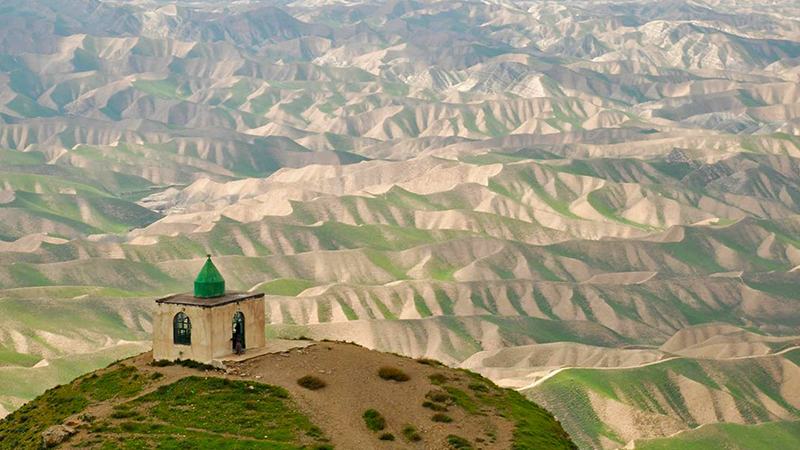
By Samaneh Zohrabi / TasteIran
